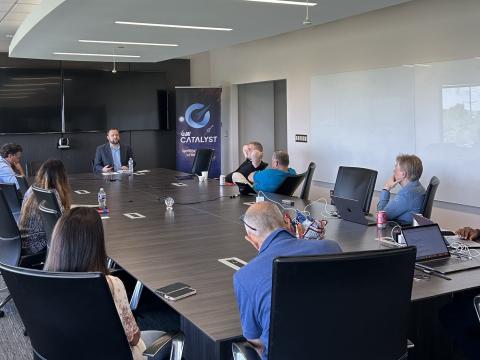Improving Transparency in Acquisitions and Procurement
Transparency remains an issue for the Obama administration, writes Christopher Dorobek in this month's Incoming column, Contract Transparency Poised to Open Up, Dorobek observes that one of the biggest challenges the administration has faced in executing programs through the $787 billion American Recovery and Reinvestment Act passed earlier this year has been in oversight of the funds. Dorobek invites "debate, discussion, examination and solutions" on these challenges.
Transparency remains an issue for the Obama administration, writes Christopher Dorobek in this month's Incoming column, Contract Transparency Poised to Open Up, Dorobek observes that one of the biggest challenges the administration has faced in executing programs through the $787 billion American Recovery and Reinvestment Act passed earlier this year has been in oversight of the funds:
The [Recovery and Transparency Board] is responsible for oversight and transparency of the stimulus spending. An essential part of the foundation of that oversight and transparency is the recovery.gov Web site. The theory of Web 2.0 is that information is power, and that shared information only becomes more powerful. Therefore, the idea is to almost "crowdsource" the oversight process by making spending data available online. Then, people could see for themselves where money is being spent. It is important to note that this type of oversight never has been done before. Agencies face a number of challenges for implementing the stimulus spending. One is getting the money out the door. Some government organizations, such as the Energy Department, have to manage stimulus allocations that are bigger than their annual appropriation. Imagine doubling the amount of work but keeping the same amount of people-and doing it all in a transparent way. Scores of challenges are here.Dorobek invites "debate, discussion, examination and solutions" on these challenges and elaborates on some of the key ones he sees: task order transparency in multi-award contracts, for instance, and the ability to see at least portions of contracts that can be made public, but presently aren't. You can read his entire column and comment on his general argument here, but here at SIGNAL Scape we're curious: What do you think the next steps are in improving transparency, especially with regard to acquisitions and procurement?




Comment
Bypass the Lockheed Martins,
Transparency can come in many
Comments